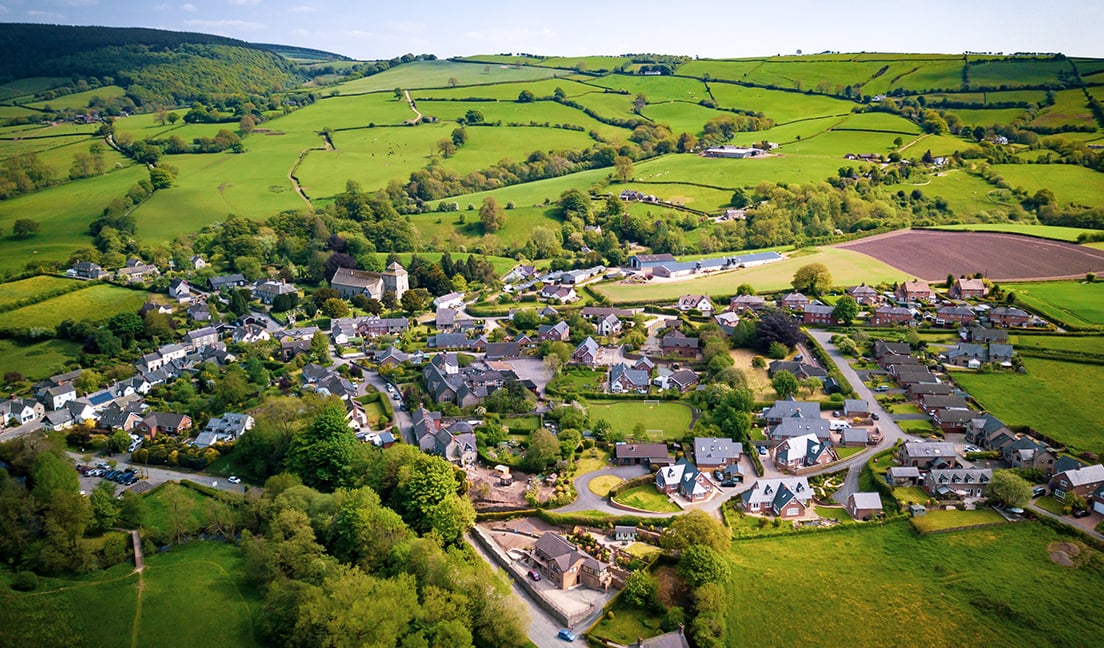The UK population is rising year-on-year, with estimates predicting we will reach the 72 million figure in just 20 years[1]. One of the many impacts of an expanding population is the creation of more waste and the need to find innovative ways to process and treat it. Simon Radford, UK Sales Manager, Evoqua Water Technologies explores the area of wastewater treatment and how plants can keep up with increasing demand while remaining operationally efficient.

From mid-2018 to mid-2019, the population grew 0.5% in the UK. That’s an additional 361,000 people generating waste. Across the UK, different regions see a varied rate of growth but in the five-year period up to mid-2019, eight local authorities saw a rise in their population of 10%1. With growth only set to continue, innovation is key.
As populations expand and wastewater treatment operators have to increase the capacity of effluent they are able to treat, there are two main options operators face. Build additional assets, such as conventional treatment capacity, or innovate to utilise the plant’s existing assets more effectively.
There are a number of reasons why expanding a treatment site in a conventional way isn’t always a viable option, or an option that makes the best sense financially or environmentally. We live on an island with a finite amount of space after all, so the additional footprint required just isn’t available around some existing plants. Cost is another barrier to expansion. The civil engineering work required to build additional assets can be cost prohibitive.
Using the plant’s existing footprint and assets is, in many cases, the best option and possible due to innovative wastewater treatment technology. Evoqua’s BioMag® system is an excellent example of this in practice. The industry-leading clarification technology can transform existing plants, both by enabling increased throughput of wastewater and improving effluent quality using the existing treatment tanks. It works using magnetite – fully inert, iron ore particles – to enhance the existing activated sludge process and can be simply integrated into an existing tank. This reduces the cost of expanding a treatment site and has positive environmental benefits, including the potential to save green space and save on carbon emissions from a build process.
Critically, the BioMag system is an economical option in operation as well. It has low maintenance requirements if servicing is maintained and, as it continuously recovers most of the magnetite, it results in a more sustainable process and lower operational expenditure.
With a population in excess of 66 million today and that figure on the rise, innovation to manage the impact of the UK’s expanding number of residents is key. Proven technology is already transforming the way wastewater treatment plant operators can increase the capacity of their operations within the constraints of an existing site. And this is only going to play a more crucial role as the challenges of a greater population, coupled with the desire for environmentally friendly solutions, drive our progress.
Connect with Simon Radford on LinkedIn.
[1] https://www.ons.gov.uk/peoplepopulationandcommunity/populationandmigration/populationestimates/articles/overviewoftheukpopulation/january202
